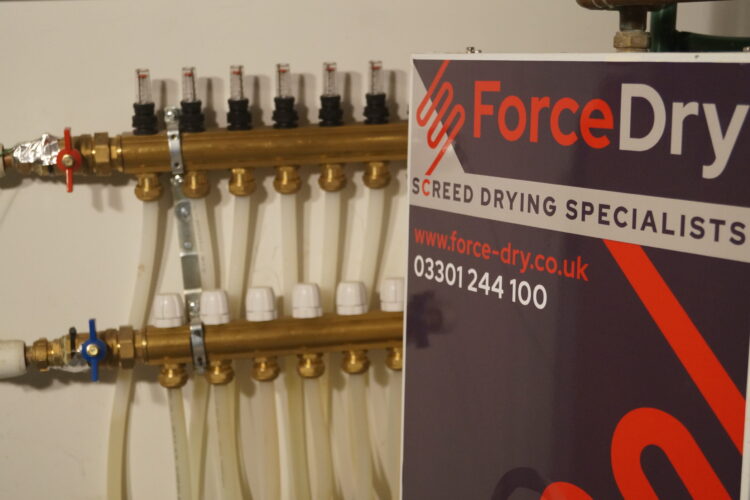
July 2025
Temporary Boiler Hire, What It Is and When You May Need It
In the world of construction, time is money… and delays due to slow drying, lack of heat or equipment failure can be costly. That’s why more and more project managers are turning to temporary boiler hire as a practical, fast, and flexible solution to keep things moving.